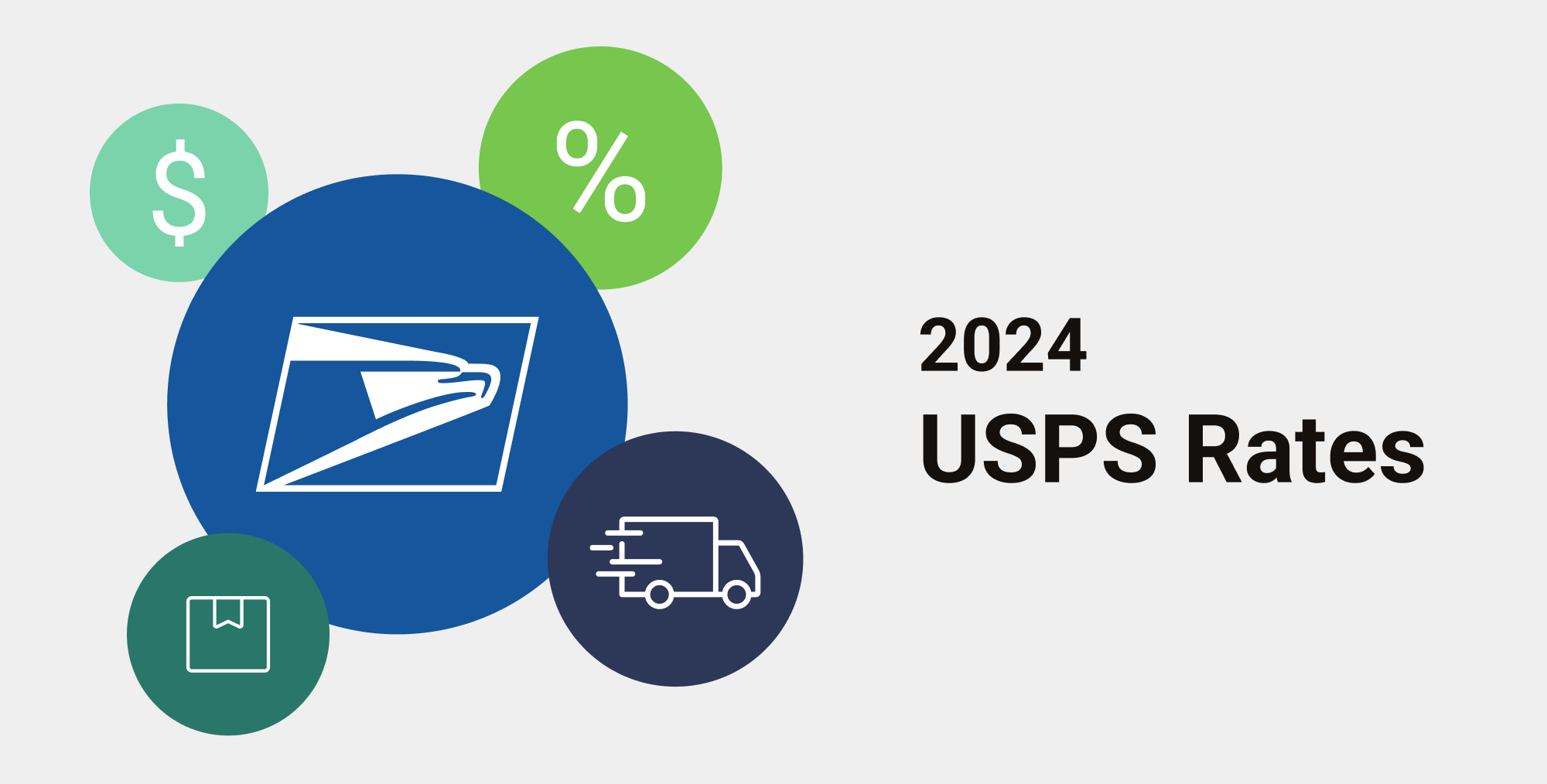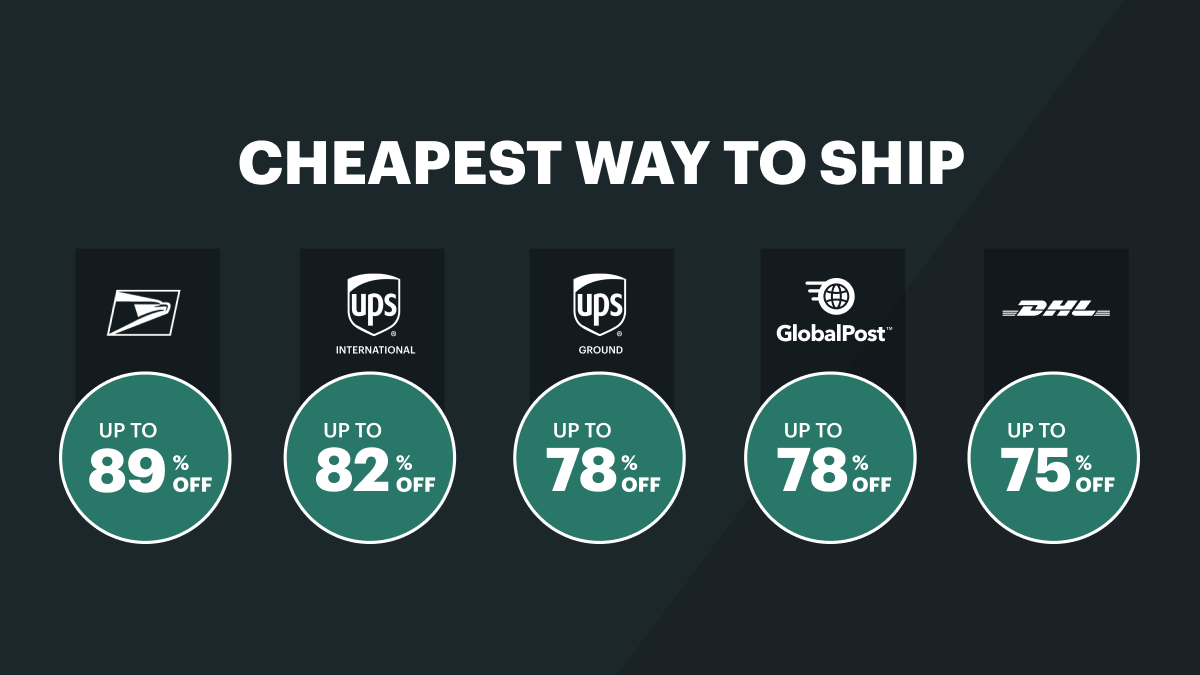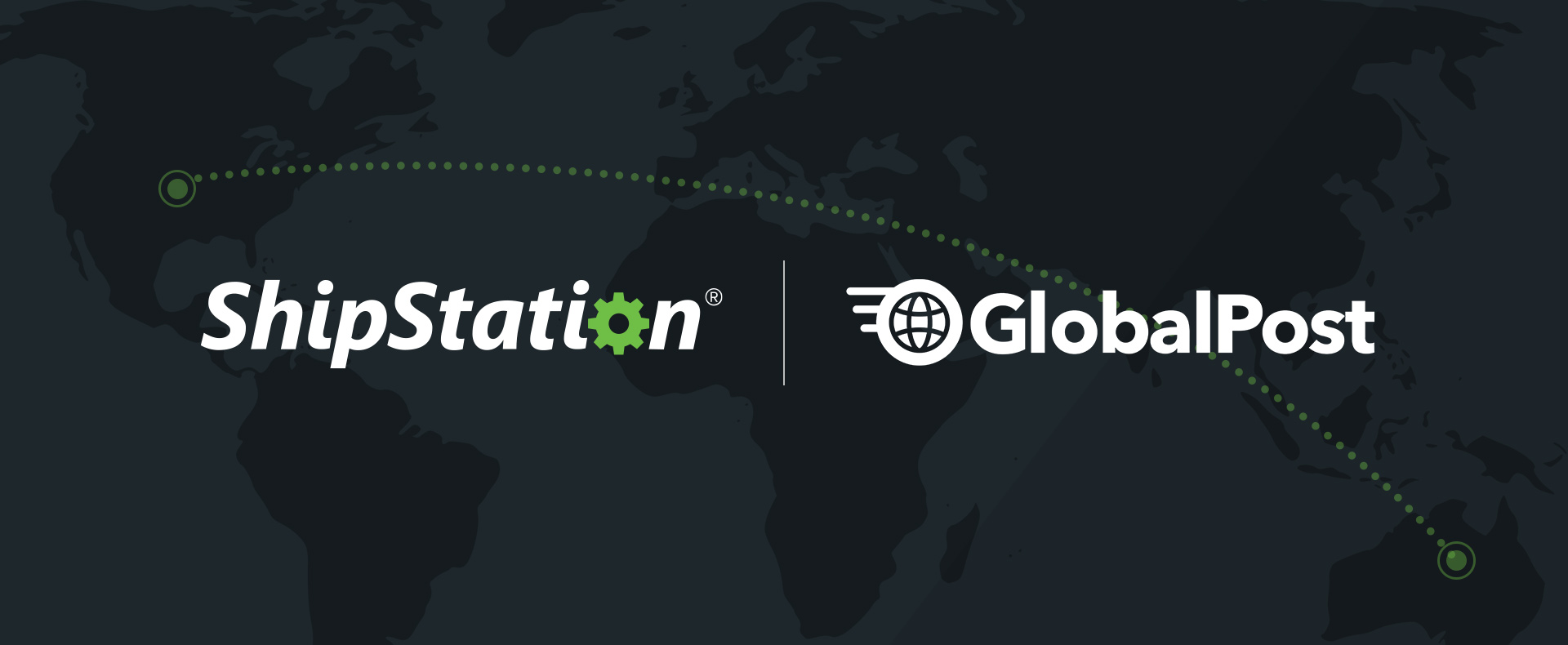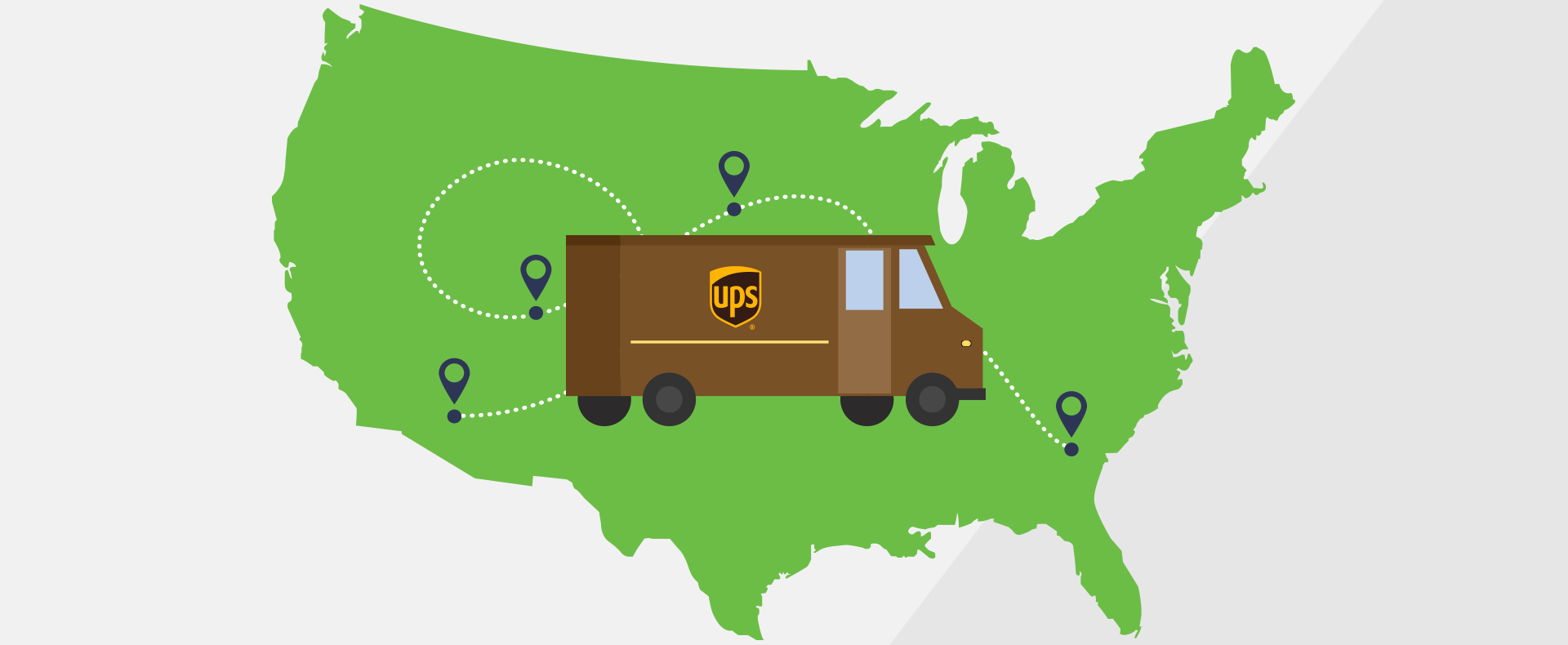Returns: A Deep Dive into Consumers’ Growing Expectations
Customer expectations of ecommerce returns reflect omnichannel retail’s growth. There’s a common misconception that not having a physical storefront makes running an ecommerce business easier and more cost-effective than running a brick-and-mortar business. However, they’re both expensive and time-consuming.
Brick-and-mortars maintain a few advantages though. For one, the cost per customer is lower than selling online and as volume increases, the profit margin grows. The other advantage is customers get to hold, test, and try on goods in a store. For the most part, if a customer isn’t pleased with an item, it just gets reshelved. As ecommerce evolves more into omnichannel retail, customers treat online shopping more like an at-home dressing room. As such, returned items are increasing and customer expectations around how they’re offered are evolving.
In a study conducted by ShipStation, we found that 77% of consumers prefer to return online orders in-store. The driving factor here is convenience. Advances in point of sales, pick-up, and delivery options are great for the consumer, and easy to implement by Fortune 500 companies. But, the rest of merchants have to find ways to cater to the demands of our customers while still remaining cost-effective.
Returns Are Inevitable
One returns strategy that requires very little overhead is to have a better returns timeframe. Our study found that 32 days is the average customers want for a returns window. Commonly, return windows are 14 or 30 days. Having a slightly longer returns window can boost sales. 72% of consumers say a returns policy directly impacts their final purchasing decisions. Whether a consumer ends up returning items is secondary to buying—they can’t return if they don’t buy.
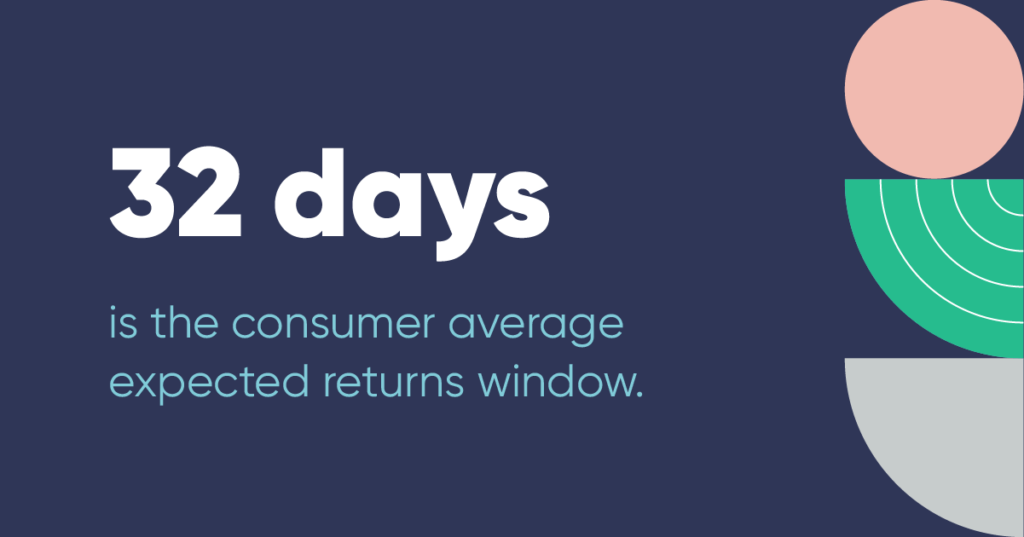
Basically, customers are motivated by convenience when purchasing. However, they will return unwanted items. Only 12% of responders actually keep items because they miss the returns window. Creating a simple and transparent returns policy is a way to increase cart conversions and create long term customers.
To discover more consumer expectations about the items people most commonly return, why, and how returns motivate their purchasing decisions, download our Returns Research ebook.
Implementing Better Returns
ShipStation understands how vital an effective returns process is to the viability of your business, that’s why we offer some great workflow tools to make the returns process easier.
Clearly Stated Returns Policy
If you’re selling on your own website, prominently display your returns policy. Customers obviously prefer free returns, but they are willing to pay up to $5 for some returns. Whatever your returns strategy is, displaying it on your website and/or during checkout as reassurance to incentive customers to place their order.
Automated Returns:
Outbound return labels are a common returns solution to try-before-you-buy brands. If you ship with carriers like FedEx or UPS, you can include pay-on-use return labels in your customers’ shipments with instructions for returning items. This saves you and your customers time and money when processing returns.
Returns Portal:
ShipStation’s Branded Returns Portal allows your customers to initiate their own returns. All a customer needs to do to initiate a return is to go to the portal’s URL and enter their order number and postal code. This lets the customer print the label out at home and return a package without waiting in line at the post office.
Some ShipStation accounts also only share the URL to customers with authorized returns. This allows for a little more control over who returns items and why.


